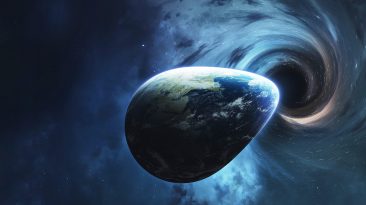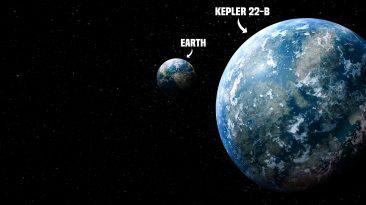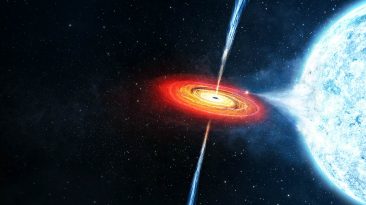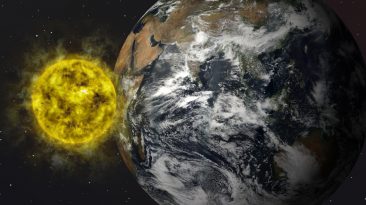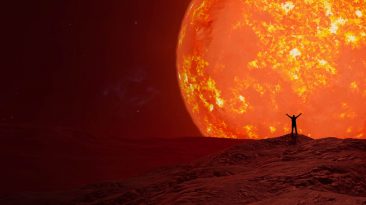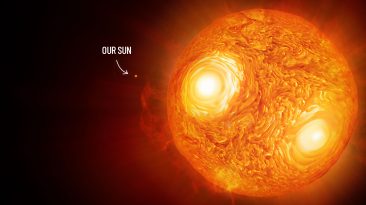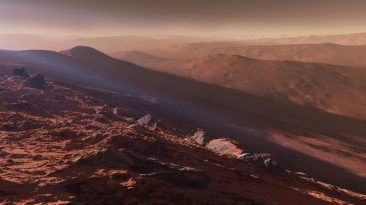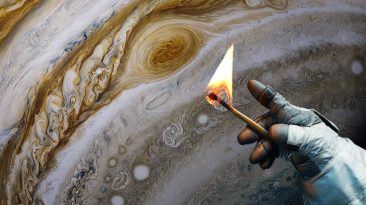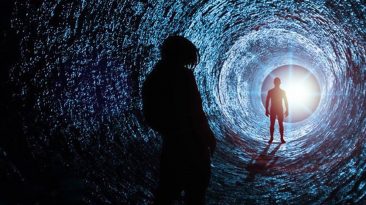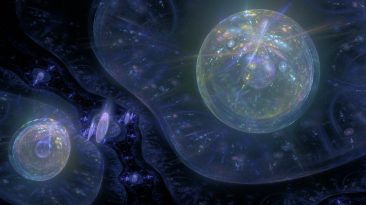What if humanity could no longer live on Earth? Perhaps a catastrophic event forced us to find a new home among the stars. Mars often comes to mind as a close option but surviving there is no small feat. Its freezing temperatures, thin atmosphere, and relentless cosmic radiation make it less a new beginning and more a slow motion death trap.
Thankfully, astronomers have discovered hundreds of exoplanets, planets beyond our Solar System. Some of these alien worlds orbit their stars in what is known as the “habitable zone,” where liquid water could exist. But which of them could realistically sustain human life? Let’s explore six of the most promising candidates.
1. Proxima Centauri b: Our Closest Neighbor
Proxima Centauri b lies just 4.24 light years away, orbiting within the habitable zone of Proxima Centauri, a small red dwarf star. If Earth became uninhabitable, Proxima b could be our emergency refuge, at least theoretically.
Traveling there is another story. The fastest spacecraft humans have ever built, NASA’s Parker Solar Probe, would take over 6,500 years to reach Proxima b. Assuming future technology could get us there faster, settlers would arrive to a world dramatically different from Earth.

Proxima Centauri b is tidally locked, meaning one side is perpetually baked under its star, while the other freezes in darkness. Only the narrow “terminator zone” between day and night offers a livable climate. But the atmosphere is unbreathable, mostly carbon dioxide, and the star frequently emits dangerous X rays and ultraviolet radiation.
Survival would require pressurized suits, radiation shelters, and a lot of ingenuity. Over centuries, humans could establish a self sufficient colony, generating oxygen and growing food under carefully controlled conditions. Even so, life would always teeter on the edge of danger.
2. TRAPPIST 1 e: A World of Eternal Twilight
Forty light years from Earth, TRAPPIST 1 e is one of seven Earth sized planets orbiting the ultra cool red dwarf TRAPPIST 1. It sits in the “Goldilocks zone,” potentially allowing liquid water on its surface.
Like Proxima b, it is tidally locked, but its terminator zone offers a comfortable climate for human settlement. Gravity is slightly weaker than Earth’s, making movement feel graceful. TRAPPIST 1 e could have a breathable atmosphere and water, though settlers would still need protection from unpredictable solar flares.

Over decades, a colony could become self sufficient, expanding across the planet and tapping into natural resources. With the dim red sun casting an eternal sunset, this world may feel alien yet strikingly habitable.
3. K2 18 b: The Floating Ocean World
K2 18 b, 120 light years away, is 2.6 times the size of Earth and potentially covered in oceans. Scientists have detected water, methane, carbon dioxide, and dimethyl sulfide, a chemical associated with life in Earth’s oceans.

Unlike other exoplanets, K2 18 b may lack solid ground. Settlers would need to build floating habitats above the cloud tops, with radiation shielding and systems to extract water and nutrients from the atmosphere. It’s risky and challenging, but it represents one of the most intriguing possibilities for life beyond Earth.
4. Kepler 186 f: The First Earth Sized Discovery
Kepler 186 f made headlines in 2014 as the first Earth sized exoplanet found in its star’s habitable zone. Orbiting a red dwarf about 500 light years away, it offered hope for Earth 2.0.

Little is known about its atmosphere or surface conditions. Life here would require advanced habitat technology to protect against harsh radiation and potentially volatile weather. Still, its Earth like size and position make it a strong candidate for human settlement.
5. KEPLER-62 F
Kepler-62 f is a super-Earth orbiting a K-type orange dwarf called Kepler-62, a star cooler and dimmer than our Sun. The planet is about 1.4 times the size of Earth and circles its star much farther out than Earth does. That means it receives far less warmth and light, leaving most of the surface extremely cold, especially if the atmosphere is thin or nonexistent. Large regions could be permanently frozen.

But with the right atmosphere, Kepler-62 f could transform. If it had a thick carbon dioxide-rich atmosphere three to five times denser than Earth’s, it could trap enough heat to make parts of the planet temperate. Settlers would want to establish bases in the warmest regions of the dayside, ideally near the equator. Radiation shielding, atmospheric processors, and heated shelters would be essential. At 1,200 light-years away, it’s a long trip, but with some terraforming, this icy super-Earth could become a viable new home.
6. TOI-700 D
TOI-700 is a quiet red dwarf star only 100 light-years from Earth, and unlike many red dwarfs, it doesn’t constantly erupt with dangerous flares. This calm star hosts four planets, but TOI-700 d is the one everyone is interested in. It sits in the habitable zone, about 20% larger than Earth, with gravity just slightly stronger than what we’re used to. It receives roughly 86 percent of the sunlight Earth gets, making it a very promising candidate for human life.

The catch is that TOI-700 d is tidally locked, meaning one side is always day and the other is always night. The sweet spot for settlers is the terminator zone, where temperatures could be moderate. Life would still require pressurized shelters, radiation protection, and advanced life support systems while exploring whether the atmosphere is truly breathable. Despite the calm surface, this planet may hold a few unexpected challenges, but it could be one of the closest options for an Earth-like second home.












